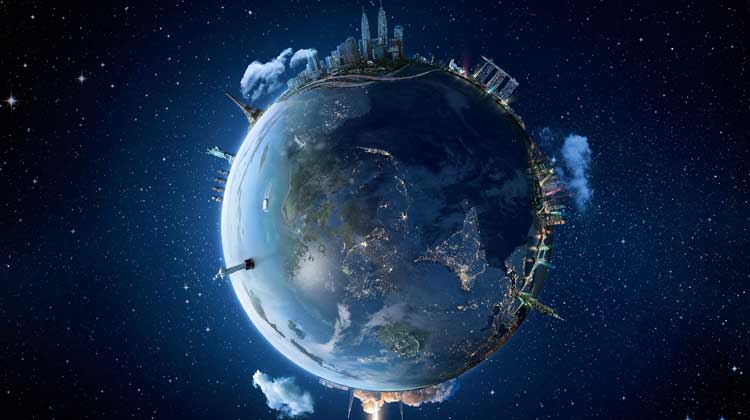
President Trump is visiting Europe for a NATO summit and a one-on-one chat with Russian President Vladimir Putin. Many Trump detractors are concerned that the U.S. President is overly lenient with Russia, given Moscow’s annexation of Crimea and its interference in the 2016 U.S. presidential election.
His detractors are also concerned that Trump is far too harsh on our NATO partners and what he views as their paltry spending on defense. While his detractors certainly have a point, it’s worth considering what drives the Trump agenda regarding NATO and Russia.
Though Trump has expressed his desire to be “friends” with Putin, his administration has pushed through additional sanctions and moved U.S. forces closer to the Russian border. Something else must be at play.
East Asia and Middle East Provide Useful Insights into Trump’s Mindset
In attempting to discern what the Trump administration is pushing for, it is useful to look beyond the President’s verbal love affair with Russia and his frequent admonishing of Washington’s closest allies. Indeed, it is perhaps East Asia or even Iran that can provide the best insight into the Trump mindset.
Throughout the presidential campaign, Trump focused on trade generally and on China in particular. He also expressed his desire to end U.S. military involvement abroad where possible and, in his words, “bring our troops home.”
Transitioning from using military power for interventions abroad has had both positive and negative effects. But war itself is generally unpredictable and a poor guide for shaping higher or grand strategy. This leaves Trump with two other levers available to shape global events – diplomacy and economics.
Thus far, Trump has used diplomacy with China and North Korea. But the most visible and potent approach appears to be based upon economics.
Continue reading here.
Share